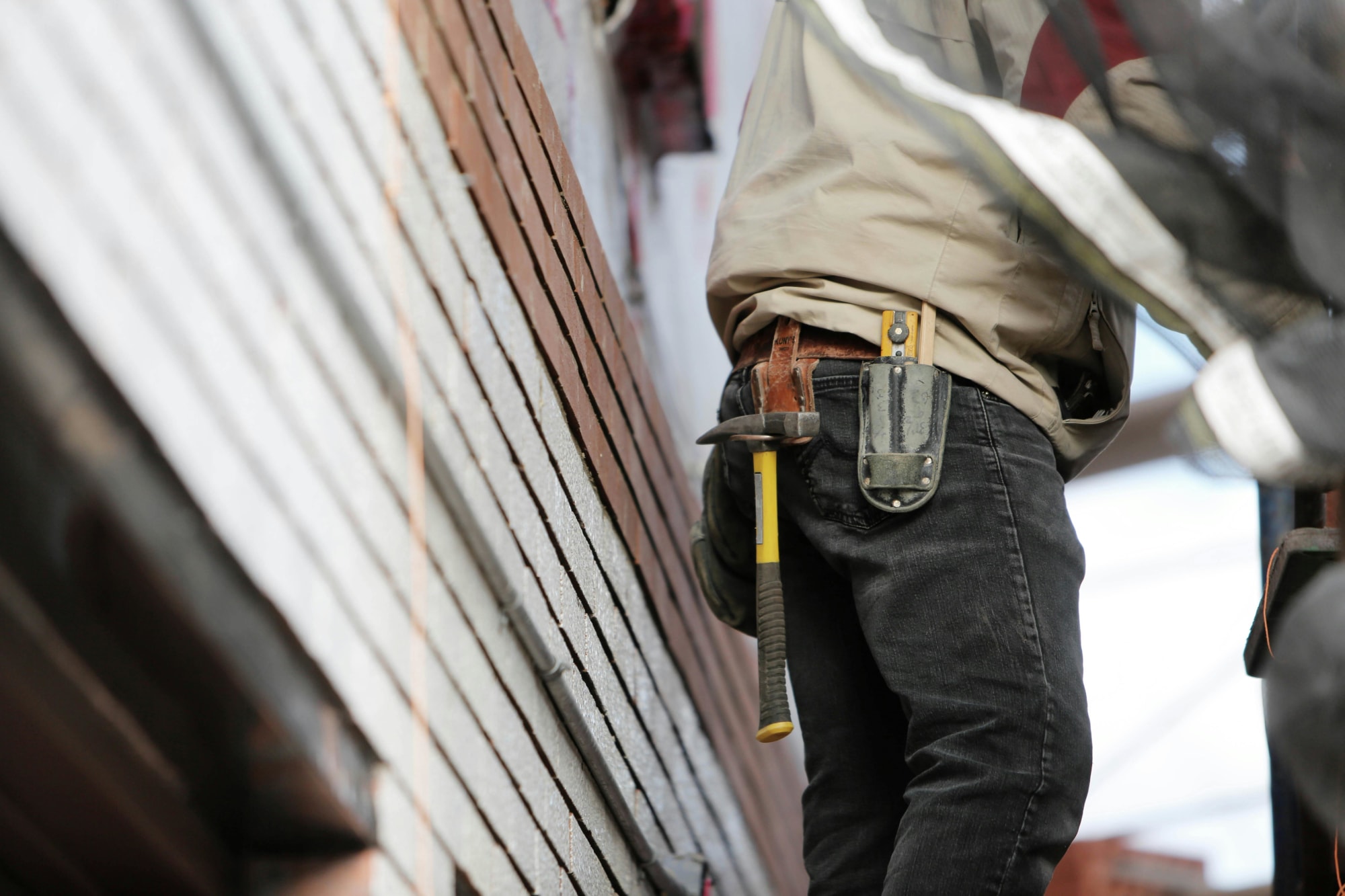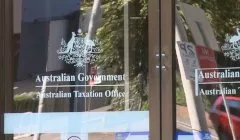Earn
Why 90% of taxpayers could face a higher tax bill next financial year
A tax offset for over 10 million Aussies may not be extended in next month’s budget.
Why 90% of taxpayers could face a higher tax bill next financial year
A tax offset for over 10 million Aussies may not be extended in next month’s budget.

By quashing the low and middle-income tax offset (LMITO), the government could subject 90 per cent of taxpayers to higher tax bills, a new analysis from the Australia Institute has revealed.
The LMITO provides a tax offset of up to $1,080 for more than 10 million Australians and was previously extended twice in response to the effects of the COVID-19 pandemic.
However, the government has not confirmed whether it will be extended again in the next federal budget on 29 March.
“The low and middle income tax offset is not a permanent feature of the tax system. We’ve introduced it due to the particular economic circumstances of the time,” Treasurer Josh Frydenberg told ABC’s Michael Rowland.

“We haven’t made a decision about the low and middle income tax offset, but we have legislated significant structural reform as well as bringing forward stage two of the tax cuts.”
The Australia Institute expects that most taxpayers would be worse off with the removal of the LMITO alongside the introduction of stage three of the government’s tax cuts.
Stage three will create a single 30 per cent tax bracket for all Australians earning between $45,001 and $200,000 beginning in 2024.
“The net effect of the two tax changes will be that the two thirds of taxpayers on less than $90,000 a year are worse off, while the third of taxpayers on more than $90,000 a year are better off,” said Australia Institute senior economist Matt Grudnoff.
Mr Grudnoff also pointed out that the current timeline for the end of the LMITO does not align with the next stage of tax cuts.
“The LMITO ends in 2021-22 (with the refunds paid in 2022-23), while the stage three tax cuts do not start until July 2024,” he said.
“This means that almost 90 per cent of those who get the LMITO will face a tax increase in 2022-23. None of them will get any benefit from the stage three tax cuts until 2024-25.”
Treasury previously estimated that the extension of the LMITO for the 2021-22 financial year would reduce taxes by $7.8 billion, while the stage three tax cuts are expected to cost $15.7 billion during their first year.
When asked about the government’s plans for the LMITO, Mr Frydenberg compared it to the action taken by the government during the GFC.
“If you think back to Kevin Rudd and the global financial crisis with their $900 cheques or, indeed, during this recession when we did our $750 payments to pensioners, carers and veterans, that was based on the economic circumstances at the time,” he said.
“When they did not continue you didn’t say that veterans or carers lost income. They were a supplement based on the conditions at the time.”
Mr Frydenberg also highlighted that young women had been the greatest beneficiaries of the government’s tax cuts, with 5 million female workers paying an average of $3,130 less tax and women under 24 paying 20 per cent less, according to ATO and Treasury data.

Tax refund
How a $140k 'repair' became a tax strategy triumph and competitive edge
A Sydney investor secured an immediate deduction for $140,000 in rental property works after the ATO initially treated the spend as capital. In a market where the ATO says most rental schedules ...Read more

Tax refund
The ATO will be focusing on these four issues at tax time
The tax office has indicated it will be scrutinising areas where taxpayers are known to make mistakes. Read more

Tax refund
More than half of Aussies get stressed at tax time, survey finds
Many taxpayers feel that they may be missing out on deductions in their tax returns. Read more

Tax refund
Engage or face firmer action, ATO warns taxpayers with unpaid debts
The tax office is offering support and assistance to those with overdue debts. Read more

Tax refund
How to prepare for your tax return
While the end of the financial year is still a couple of months away, you can take action now to help maximise your tax return. Read more

Tax refund
What issues will be on the ATO’s radar this year?
H&R Block has outlined two main areas that the tax office is expected to focus on. Read more

Tax refund
How does the expanded low and middle income tax offset work?
Millions of taxpayers will receive hundreds of dollars more in their tax return this year. Read more

Tax refund
PM ponders extension of low and middle income tax offset
Scott Morrison has hinted that a popular tax-saving measure may return in 2022. Read more

Tax refund
How a $140k 'repair' became a tax strategy triumph and competitive edge
A Sydney investor secured an immediate deduction for $140,000 in rental property works after the ATO initially treated the spend as capital. In a market where the ATO says most rental schedules ...Read more

Tax refund
The ATO will be focusing on these four issues at tax time
The tax office has indicated it will be scrutinising areas where taxpayers are known to make mistakes. Read more

Tax refund
More than half of Aussies get stressed at tax time, survey finds
Many taxpayers feel that they may be missing out on deductions in their tax returns. Read more

Tax refund
Engage or face firmer action, ATO warns taxpayers with unpaid debts
The tax office is offering support and assistance to those with overdue debts. Read more

Tax refund
How to prepare for your tax return
While the end of the financial year is still a couple of months away, you can take action now to help maximise your tax return. Read more

Tax refund
What issues will be on the ATO’s radar this year?
H&R Block has outlined two main areas that the tax office is expected to focus on. Read more

Tax refund
How does the expanded low and middle income tax offset work?
Millions of taxpayers will receive hundreds of dollars more in their tax return this year. Read more

Tax refund
PM ponders extension of low and middle income tax offset
Scott Morrison has hinted that a popular tax-saving measure may return in 2022. Read more










